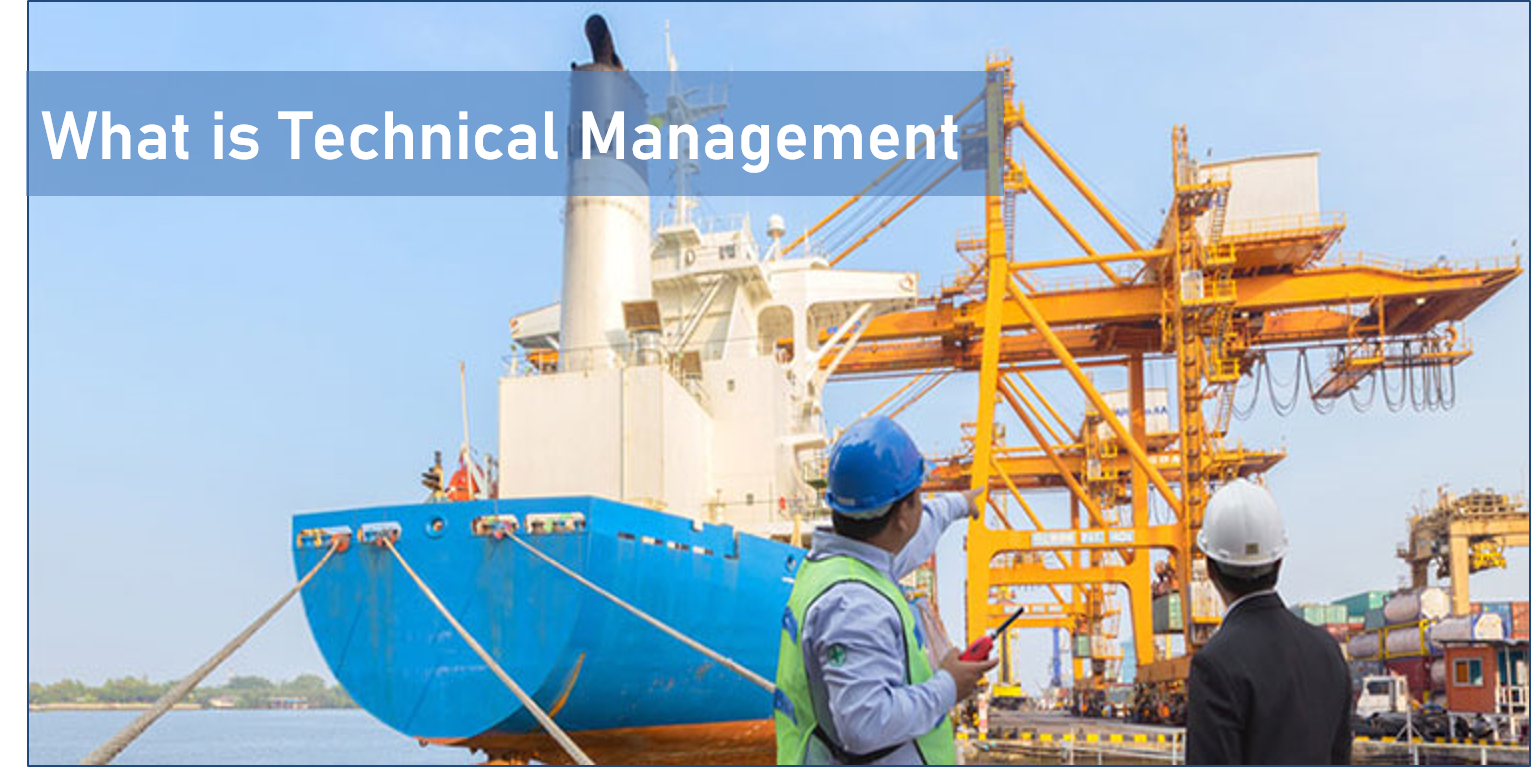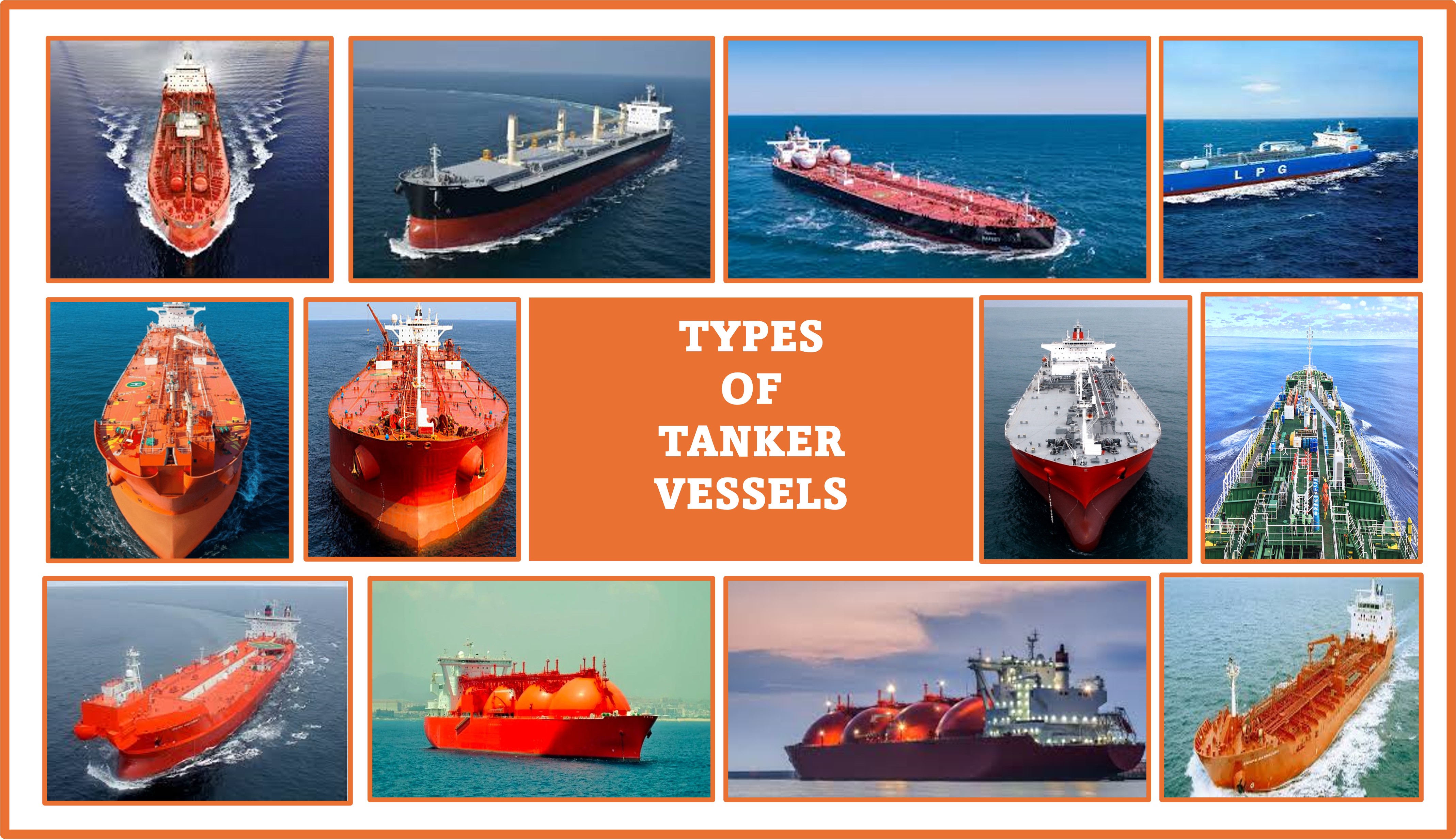Green Port Initiatives Around the World
Green Port Initiatives Around the World
In today’s fast-paced world, technology has seamlessly become part of our daily lives, simplifying tasks and ensuring efficient management across industries. The maritime sector, in particular, has embraced technological advancements to streamline operations and enhance global trade. However, in our race toward innovation and development, we often overlook one critical aspect—sustainability.
As nations strive to strengthen their economies and global presence, the role of environmentally responsible infrastructure becomes essential. One such innovation is the Green Port initiative, which is gaining increasing importance—not just within the maritime industry, but as a global movement toward cleaner and more sustainable port operations.
Green Ports are designed to minimize environmental impact while maximizing operational efficiency. These ports integrate eco-friendly technologies such as shore power (cold ironing), energy-efficient cargo handling systems, and renewable energy sources to significantly reduce carbon emissions, air and noise pollution, and waste generation. This is crucial because, while maritime trade is cost-effective and time-efficient, it also contributes notably to pollution through ship emissions, oil spills, and port-based industrial activities.
Why its important?
In today’s tech-driven world, the maritime industry has improved efficiency through automation and machinery. However, increased vessel activity also causes air, water, and noise pollution, impacting the environment and port workers. To tackle this, countries are adopting Green Port initiatives by using clean technologies like shore power, renewable fuels, and electric cargo systems. Leading ports like Rotterdam, Los Angeles, and Singapore show how these steps reduce emissions and improve energy efficiency. Such practices are essential for creating sustainable, future-ready ports.
1) Reduce air and water pollution- Taking initiative for a Green Port involves using shore power and clean fuels to eliminate the need for ships to keep their engines running while docked. This is crucial for reducing harmful emissions in the air and preventing oil and chemical spills into the water. As a result, it promotes a healthier environment and ensures a safer, cleaner port for everyone."
2) Improve Energy Efficiency- Green Ports use modern machines and electric equipment to work more efficiently. These tools use less energy but still do the job well—or even better—than older systems. By saving energy, ports can spend less money and rely less on oil and gas. This helps the port run in a cleaner and more sustainable way for the future.
3) Lower Harmful Emissions- By adopting low-emission technologies, ports can significantly reduce harmful gases such as carbon dioxide (CO2), nitrogen oxides (NO?), and sulfur oxides (SO?). These pollutants are major contributors to global warming and poor air quality. Green Ports play a key role in lowering the shipping industry’s overall carbon footprint
4) Support Sustainable Maritime Trade- Green Ports help make maritime logistics cleaner and more efficient, supporting global trade with reduced environmental impact. By cutting emissions and using renewable resources, they ensure the long-term sustainability of sea transport. These eco-friendly practices also attract global shipping companies that value environmental responsibility. Additionally, they enhance the port’s reputation on the international stage
5) Promote Global Environmental Goals- The Green Port initiative is crucial for all nations because environmental protection is a global responsibility—it affects everyone, not just one country or group. To truly safeguard our planet, we must promote and educate people about the importance of protecting the environment, especially in industries that consume large amounts of energy and directly impact nature.
Smart Solutions to Reduce Port Pollution
To reduce port pollution, various effective methods can be adopted to protect both the port environment and the ocean below mention are the way to overcome the pollution.
Solar Energy- installing solar panels on rooftops of port buildings, warehouses, and terminals allows ports to generate clean, renewable electricity. This reduces dependence on fossil fuels and cuts down greenhouse gas emissions, while also lowering long-term energy costs.
Electric Vehicles (EVs)-Replacing diesel-powered trucks, cranes, and other cargo-handling equipment with electric vehicles helps reduce air pollution and noise levels at the port. EVs are more energy-efficient and support the transition to a low-carbon transportation system within port operations.
Digitalization-Using digital tools such as automated scheduling, smart sensors, and real-time tracking systems enhances operational efficiency. These technologies help reduce congestion, idle time, and unnecessary fuel use, thereby lowering emissions and streamlining logistics.
Low-Carbon and Zero-Emission Fuels-Encouraging ships to switch to alternative fuels like liquefied natural gas (LNG), hydrogen, or biofuels drastically cuts emissions of carbon dioxide (CO2), nitrogen oxides (NO?), and sulfur oxides (SO?). These fuels are a key part of creating a cleaner maritime future.
Train and Educate Port Staff- Educating port staff is a vital part of building a successful Green Port. Workers must be trained on how to use eco-friendly technologies, handle hazardous materials safely, and follow sustainable practices. By raising awareness about environmental issues and providing regular training sessions, ports can ensure that every employee—from crane operators to logistics managers—understands their role in reducing pollution. A well-informed workforce not only improves safety and efficiency but also strengthens the port’s overall commitment to sustainability.
Conclusion
Green Port initiatives are no longer just an option—they are a necessity in today’s world. As ports play a major role in global trade, it’s vital they also lead the way in environmental responsibility. Through clean energy, low-emission fuels, digital innovation, and staff training, ports can drastically cut pollution and create safer, more efficient operations. The success stories of global ports like Rotterdam, Los Angeles, and Singapore show that sustainable practices are both achievable and impactful. Now is the time for more ports to follow suit, ensuring a balance between progress and protection of our environment.










